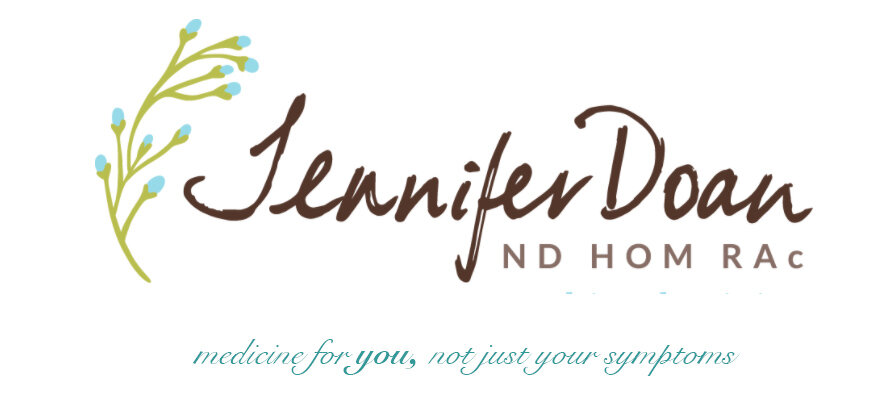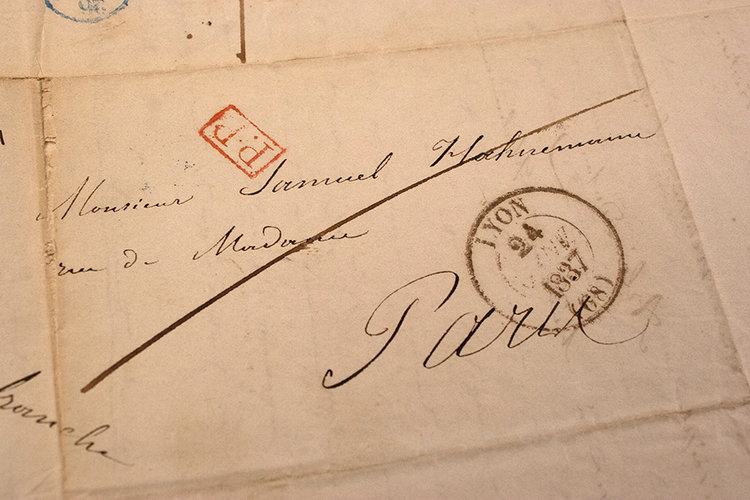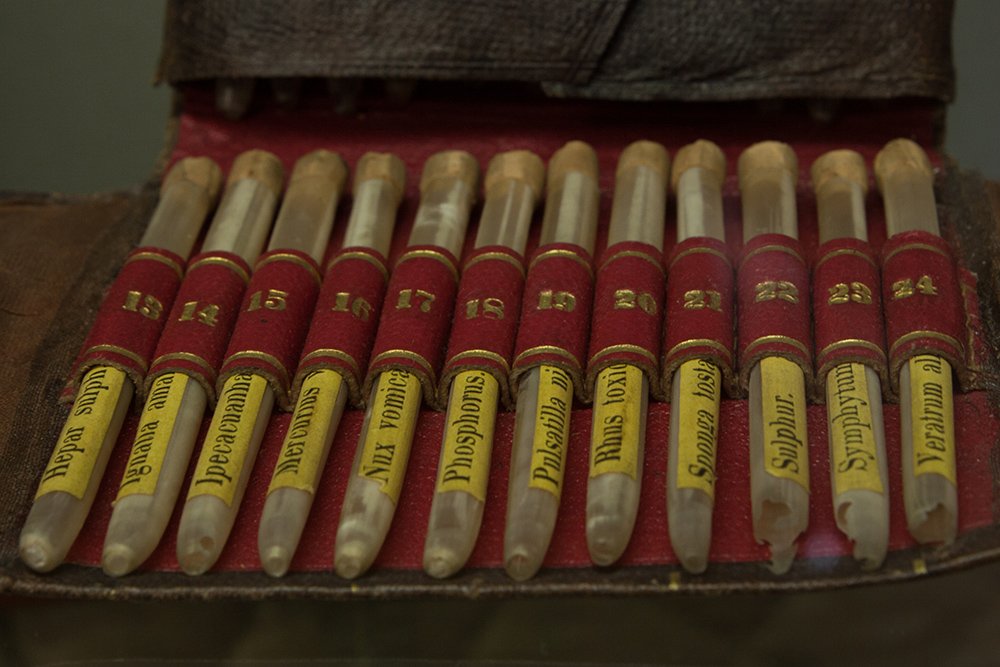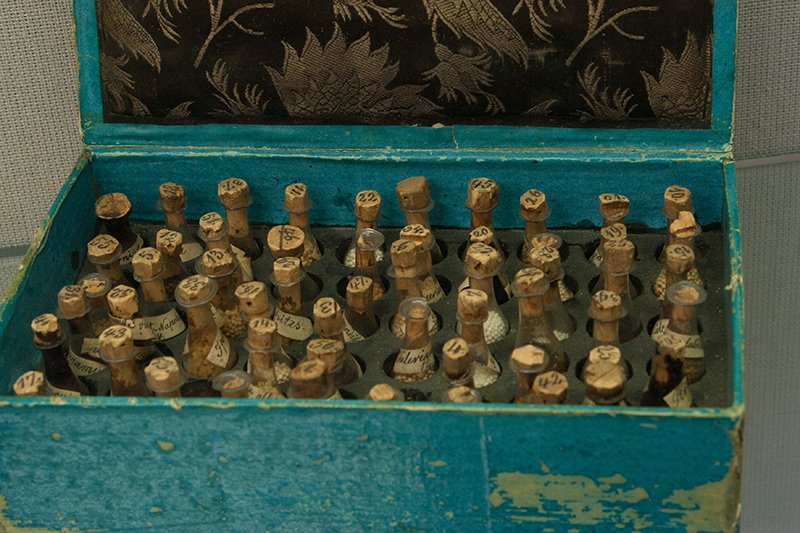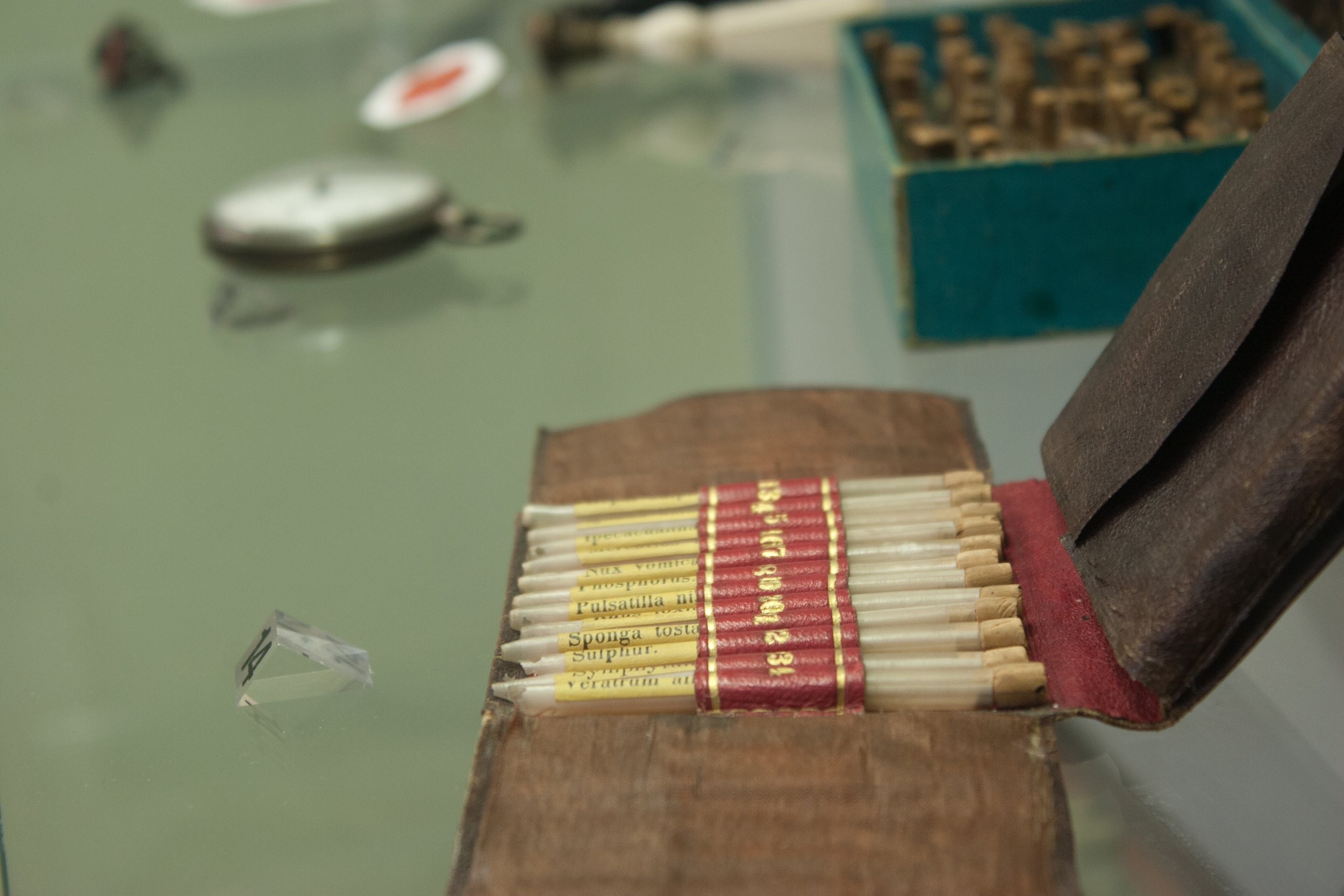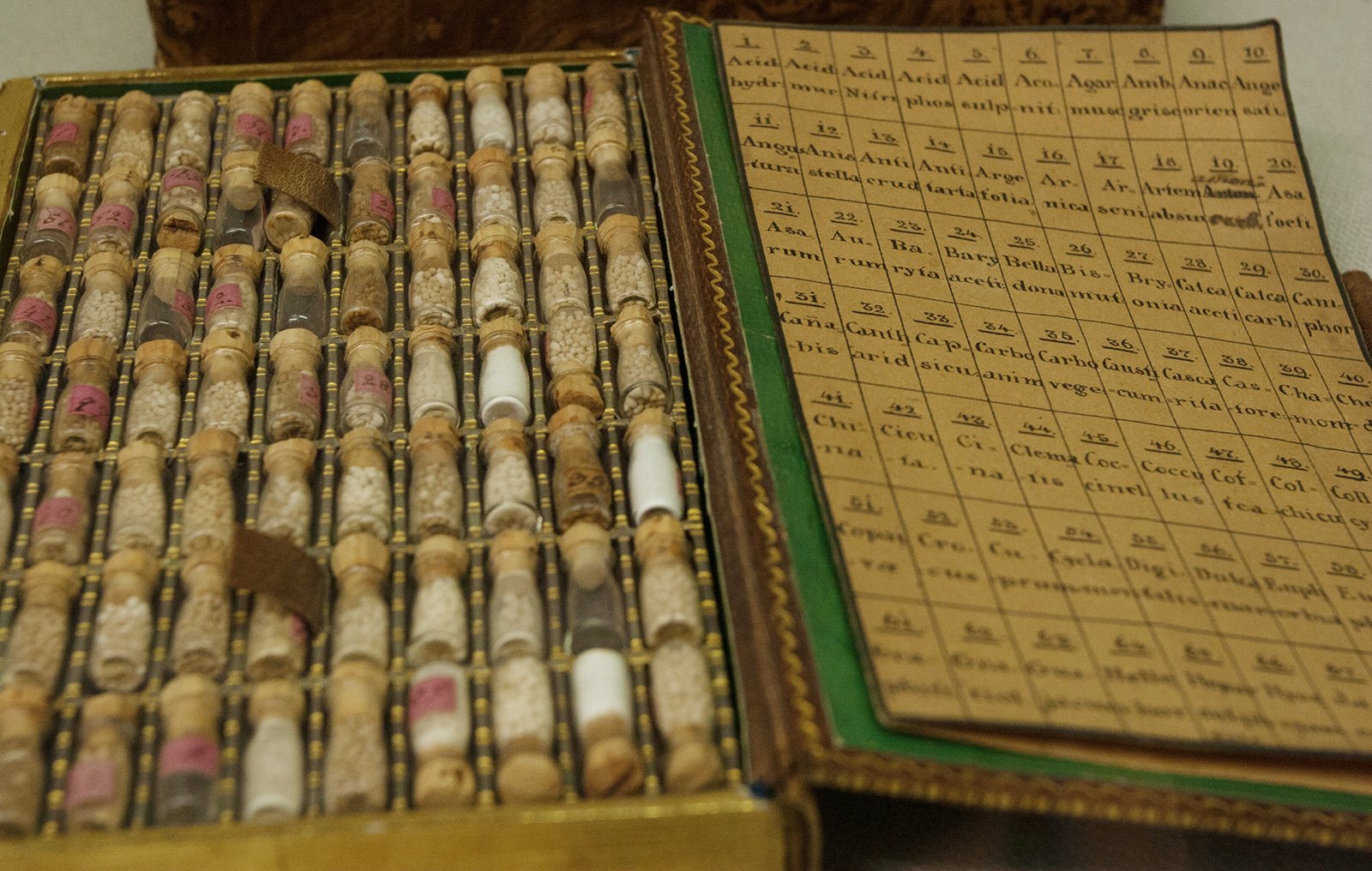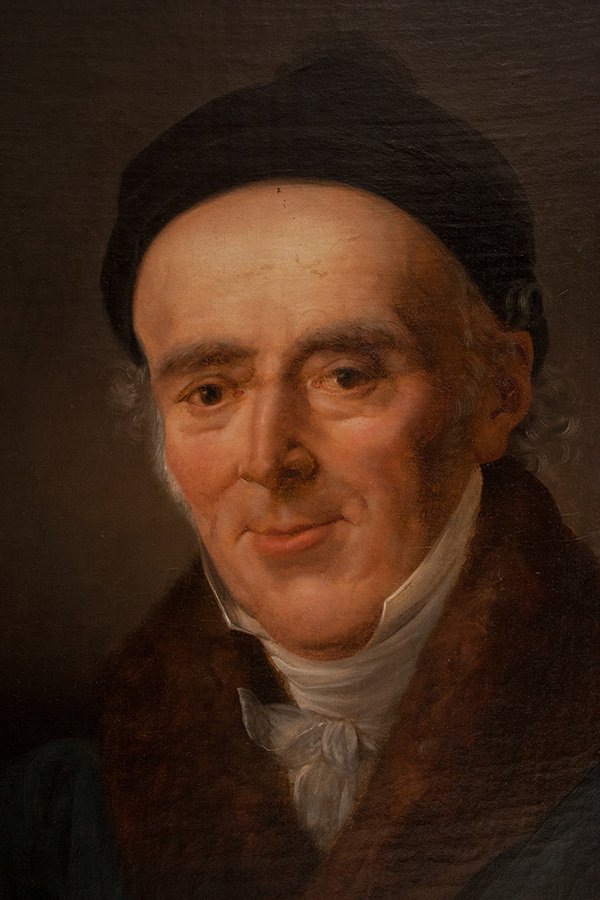October 24, 2016. I am on the train on the way to Paris having just spent a very pleasant and educational afternoon at the Institute for the History of Medicine of the Robert Bosch Foundation in Stuttgart, Germany (www.igm-bosch.de).
The Robert Bosch foundation is a archive, library, and research centre for the history of homeopathy and the social history of medicine, and where the historical documents and many personal effects and medical tools of Dr. Samuel Hahnemann, the founder of homeopathy can be found. This article will be more of interest to my fellow colleague homeopaths and I hope it will be of some interest to my patients.
My visit to IGM began with my connection with Archival specialist Sandra Doelker with whom I communicated via before arriving. For those of you wishing to go, this is not a drop in affair. A visit to the archives must be arranged ahead of time, so I arranged a visit after my 3 day conference with Dr. Sankaran in Munich.
The Robert Bosch Foundation is located in Stuttgart, Germany. I arrived at Stuttgart train station, stowed my luggage and proceeded to the S bahn train which took me to elevated heights of the city and stunning views. I found myself in what seemed to be a well off part of town with large impressive houses, and a short walk took me to the mansion and grounds which is the Robert Bosch Foundation. The IGM is a separate building located to the rear of the mansion, and I was shown to the room where the personal and professional tools of Hahnemann are on display.
My journey began with Sandra giving me a tour of Hahnemanns personal effects and tools encased in a glass display area. I was so excited that I had to contain my emotions infront of Sandra. As a homeopath, this was a great moment for me. Before me were the very first remedies that Hahnemann manufactured and used with his patients. The remedies are in small glass bottles with a cork top and each is labelled in Hahnemanns cursive perfect handwriting. Further remedy kits included a small booklet of remedies, which used quills to hold the pillules (and why not?). There is a kit in book form with remedies in tiny bottles which could not have been more than 3/4 inch high. Hahnemanns dispensary of later years is also here. As his materia medica increased in number, so did the size of his dispensary.
Top left to right: Hahnemann original travel kit (in a quill!); Hahnemann original homeopathic remedies for dispensing
Bottom left to right: Portrait of Bonnenhausen, friend to Hahnemann; original writings Hahnemann on Anacardium; original casetaking by Melanie Hahnemann in French (from the Paris practice); portrait Hahnemann as painted by Melanie.
